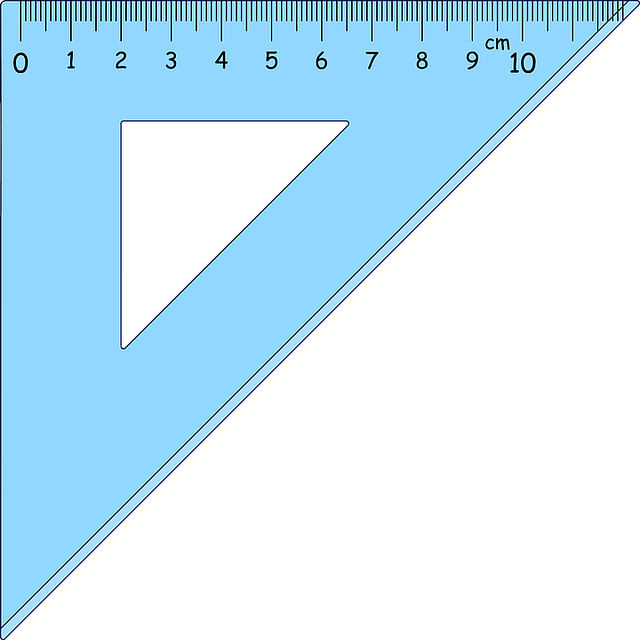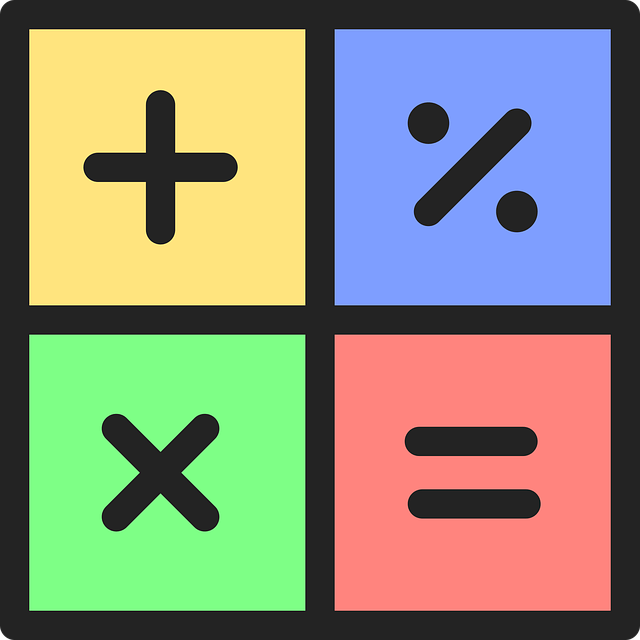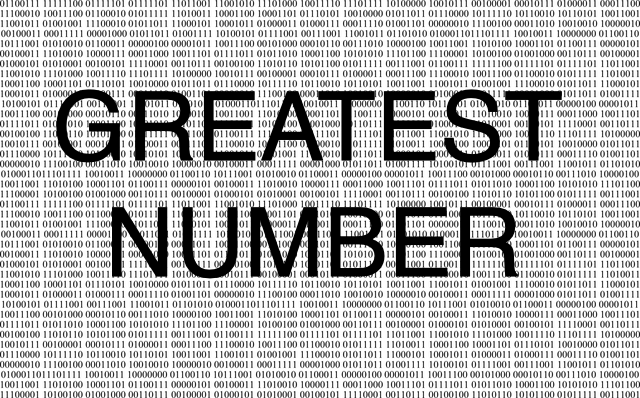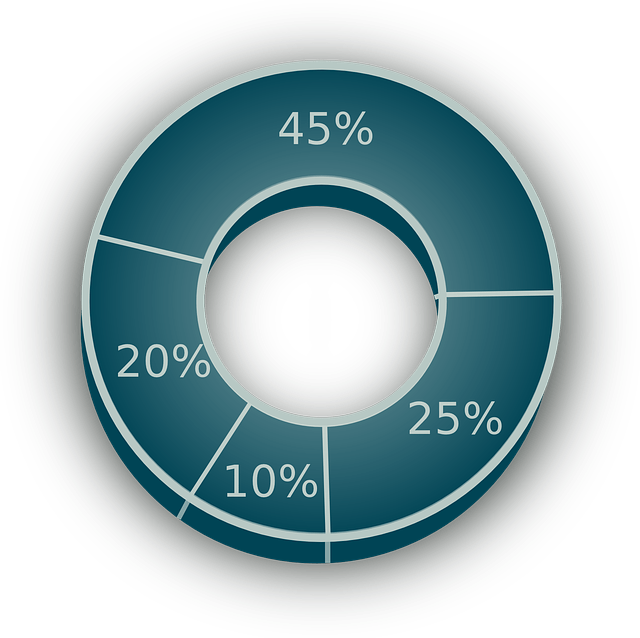On the AVSAB Armed Services exam, you will see ASVAB math problems on arithmetic, algebra, and geometry.
You will need to take the ASVAB math tests to see if you have the skills that are required for certain jobs in the military.

For example, engineering jobs require greater mathematical knowledge than administrative jobs.
ASVAB Math Problems with Solutions
The first five questions below are in arithmetic reasoning, and the last five are in mathematical knowledge. Please be sure to study the answers and explanations that are provided after each question.
Question 1: (Estimation)

A census shows that 1,008,942 people live in New Town, and 709,002 people live in Old Town. Which of the following numbers is the best estimate of how many more people live in New Town than in Old Town?
A. 330,000
B. 300,000
C. 33,000
D. 30,000
Answer 1:
The correct answer is B. This is a type of estimation question. The problem tells us that 1,008,942 people live in New Town, and 709,002 people live in Old Town.
STEP 1: We need to round the numbers up or down to the nearest thousand, since the answer choices are expressed to the nearest thousand.
1,008,942 is rounded to 1,009,000
709,002 is rounded to 709,000
STEP 2: Then subtract the second figure from the first figure in order to get your result.
1,009,000 – 709,000 = 300,000
Question 2: (Ratios and Proportions)

In a high school, 17 out of every 20 students participate in a sport. If there are 800 students at the high school, what is the total number of students that participate in a sport?
A. 120 students
B. 640 students
C. 680 students
D. 776 students
Answer 2:
The correct answer is C. Remember that for questions like this one, you have to find the commonality between the facts in the question and the requested information for the solution. In this question, the commonality is the number of students. The question tells us that 17 out of every 20 students participate in a sport and that there are 800 total students.
STEP 1: Determine how many groups of 20 can be formed from the total of 800.
800 ÷ 20 = 40 groups of 20 students in the school
STEP 2: To solve the problem, you then need to multiply the number of participants per group by the possible number of groups.
In this problem, there are 17 participants per every group of 20.
There are 40 groups of 20.
So, we multiply 17 by 40 to get our answer.
17 × 40 = 680 students
Question 3: (Multiple Operations)

Mrs. Johnson is going to give candy to the students in her class. The first bag of candy that she has contains 43 pieces. The second contains 28 pieces, and the third contains 31 pieces. If there are 34 students in Mrs. Johnson’s class, and the candy is divided equally among all of the students, how many pieces of candy will each student receive?
A. 3 pieces
B. 4 pieces
C. 5 pieces
D. 51 pieces
Answer 3:
The correct answer is A. For multiple operations questions, you will need to perform two operations (addition, subtraction, multiplication, or division) to solve the problem.
STEP 1: Addition First of all, we need to find out how many pieces of candy there are in total.
43 + 28 + 31 = 102 total pieces of candy
STEP 2: Division We need to divide the total amount of candy by the number of students in order to find out how much candy each student will get.
102 total pieces of candy ÷ 34 students = 3 pieces of candy per student
Question 4: (Greatest Number)

A town has recently suffered a flood. The total cost, represented by variable C, which is available to accommodate R number of residents in emergency housing is represented by the equation below:
C = $750R + $2,550
If the town has a total of $55,000 available for emergency housing, what is the greatest number of residents that it can house?
A. 68
B. 69
C. 70
D. 71
Answer 4:
The correct answer is B. The total amount available is $55,000, so we can substitute this for C in the equation provided in order to calculate R number of residents:
C = $750R + $2,550
$55,000 = $750R + $2,550
$55,000 – $2,550 = $750R + $2,550 – $2,550
$55,000 – $2,550 = $750R
$52,450 = $750R
$52,450 ÷ $750 = $750R ÷ $750
$52,450 ÷ $750 = R
69.9 = R
We have to round this down to 69 because the problems is asking for the greatest number.

Question 5: (Percentages)
Sandra needs to calculate 16% of 825. Which of the following formulas can she use?
A. 825 × 16
B. 16 × 825
C. 825 × 16
D. 825 × 0.16
Answer 5:
The correct answer is D. A percentage can always be expressed as a number with two decimal places. For example, 15% = 0.15 and 20% = 0.20
In our problem, 16% = 0.16
So, 16% of 825 = 825 × 0.16
More ASVAB Math Problems
ASVAB Arithmetic and Math Problems and Tips
Basic Operations & Arithmetic Reasoning
You’ll need to know basic operations (adding, subtracting, multiplying, and dividing), and working with things like percentages, decimals, and fractions.
The ASVAB Arithmetic Reasoning Test contains thirty questions. ASVAB Arithmetic Reasoning math problems may be placed into the following categories:
- Absolute Value
- Computations with Integers
- Estimation
- Exponent Laws
- Factorials
- Fractions
- Mixed Numbers
- Miles per Hour
- Order of Operations
- Perimeter
- Profit Calculations
- Price per Unit
- Percentages and Decimals
- Proportions
- Ratios
- Rate
- Scientific Notation
- Sequences and Prime Numbers
- Square Roots
- Statistics – Basic Probability, Arithmetic Mean, Median, and Mode
- Tax Calculations
- Units of Measurement
Mathematics Knowledge
For this part of the test, you will need to know how to work with algebraic equations and inequalities with one or two variables.
For the geometry questions, you’ll see questions like you had in high school geometry class. This will include laws of angles, triangle, circles, square, rectangles, and hybrid figures.
The ASVAB Mathematics Knowledge Test contains twenty-five questions.
ASVAB Algebra
Algebra questions on the exam cover:
- operations with polynomials
- factoring polynomial expressions
- fractions containing rational and radical expressions
- inequalities
- laws of exponents
- multiple solutions
- solving problems by substitution and elimination
- solving problems for an unknown variable
- square roots and radicals
- systems of equations
Geometry problems on the ASVAB
ASVAB Math problems in geometry can cover coordinate geometry, as well as plane and solid geometry.
You may therefore see geometry problems on:
- Calculating the slope of the line
- Determining the midpoint between two points
- Finding x and y intercepts
- Triangles
- Squares
- Rectangles
- Circles
- Cones, Cylinders, and Other 3-D Shapes
- Hybrid figures
Please note:
The ASVAB is a trademark of the official Armed Services Vocational Aptitude Battery, which is neither affiliated with nor endorses this website.